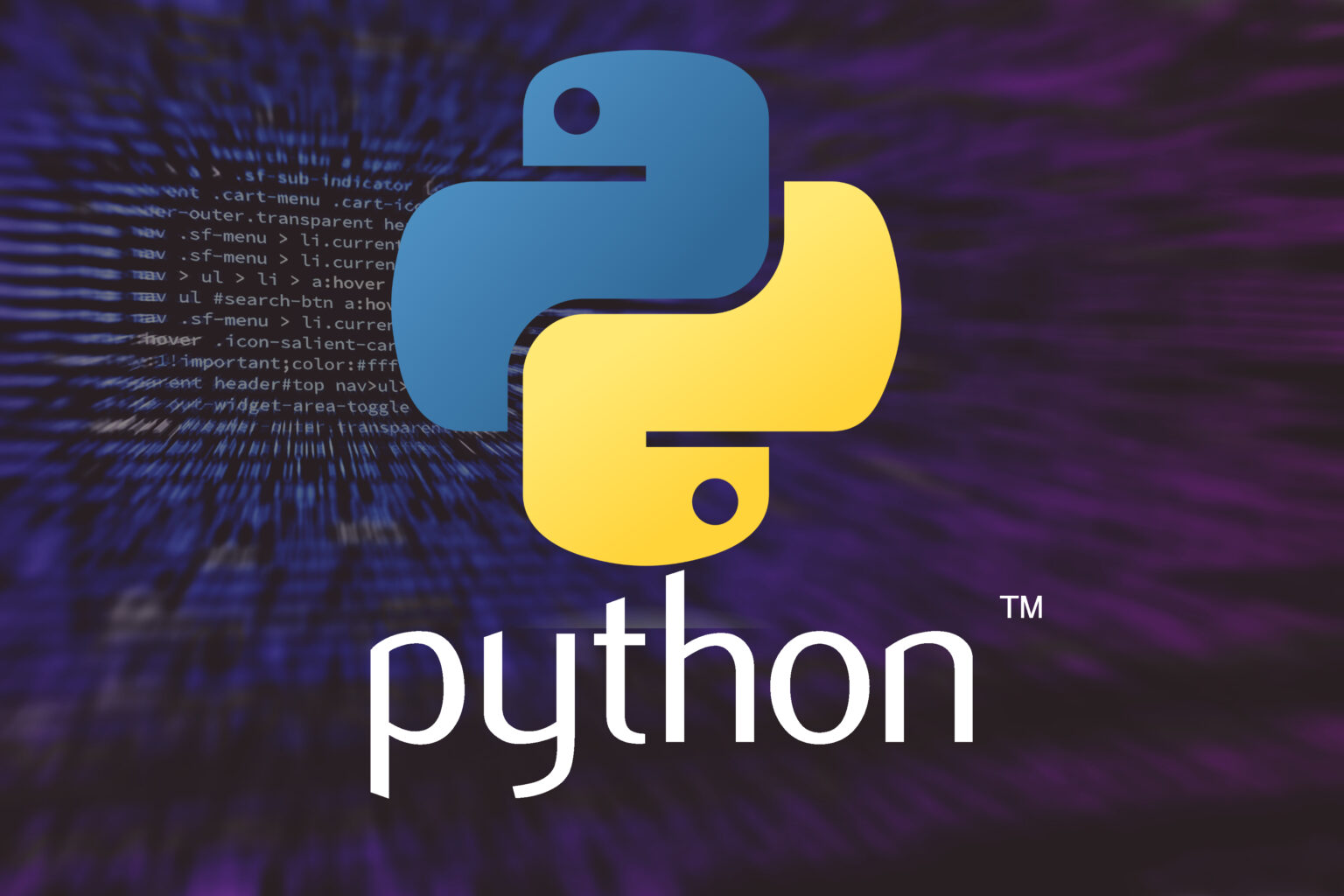Introduction to Python
In this post, you will learn what Python is, why it’s so popular, and get a brief overview of its capabilities. We’ll discuss its core features and why it’s an excellent choice for beginners as well as experienced developers.
What is Python?
Python is a high-level, interpreted programming language known for its simplicity and readability. Created by Guido van Rossum in the late 1980s, Python has grown to become one of the most popular languages in the world due to its versatile nature. It can be used for web development, data science, automation, and more.
Python’s clear syntax makes it a great choice for beginners, and its powerful libraries and frameworks support complex applications, making it equally appealing to seasoned developers.
Key Features of Python
- Easy to Read and Write: Python’s syntax is designed to be intuitive and resemble plain English. This reduces the learning curve for new programmers.
- Interpreted Language: You don’t need to compile your Python code. Instead, it runs directly from the source, allowing for fast debugging and testing.
- Versatile and Multi-Paradigm: You can write procedural, object-oriented, or functional code in Python, depending on the problem at hand.
- Extensive Standard Library: Python comes with a rich standard library that offers functionalities like handling web requests, connecting to databases, and more, without needing additional installations.
Why Learn Python?
Python is widely used in several industries, from web development with frameworks like Django and Flask to data science with libraries like NumPy and Pandas. It’s also one of the main languages taught in schools due to its simplicity, making it a gateway to computer science for many.
Some of the popular areas where Python is utilized include:
- Web Development: Python offers frameworks such as Django and Flask, which simplify web application development.
- Data Science and Machine Learning: Libraries like Pandas, NumPy, TensorFlow, and Scikit-learn make Python the go-to language for data analytics and AI.
- Automation: Python scripts are often used to automate mundane tasks, making it a favorite tool for system administrators.
- Game Development: Libraries like Pygame allow for the creation of simple games, which can be an excellent introduction to programming for many.
Installing Python
To get started with Python, you will need to install Python 3 on your computer. You can download the latest version from the official Python website. Installation guides are available for Windows, macOS, and Linux.
Step-by-Step Installation
- Visit python.org/downloads and download the latest version of Python 3.
- Follow the installation instructions for your operating system.
- Verify the installation by opening a terminal (or command prompt) and typing:
1
python3 --versionYou should see the installed version number, confirming that Python is installed.
A Simple Python Example
Let’s look at a simple example. This is a basic Python script that prints “Hello, World!”:
1
print("Hello, World!")
To run this code, open a terminal and type python3 your_script_name.py. This will execute the Python file and display the output.
More Information
Python is a community-driven language, meaning you can find countless tutorials, resources, and forums to help you learn. Here are some great places to get more information:
- Python Official Documentation
- Real Python: Offers tutorials and articles for different skill levels.
- Stack Overflow: A great community where you can ask questions and find solutions.
Feel free to explore these resources as you begin your journey with Python!
Next Steps: In the next post, we’ll dive into Python Variables Explained to get you familiar with manipulating data using Python. Stay tuned and happy coding!
